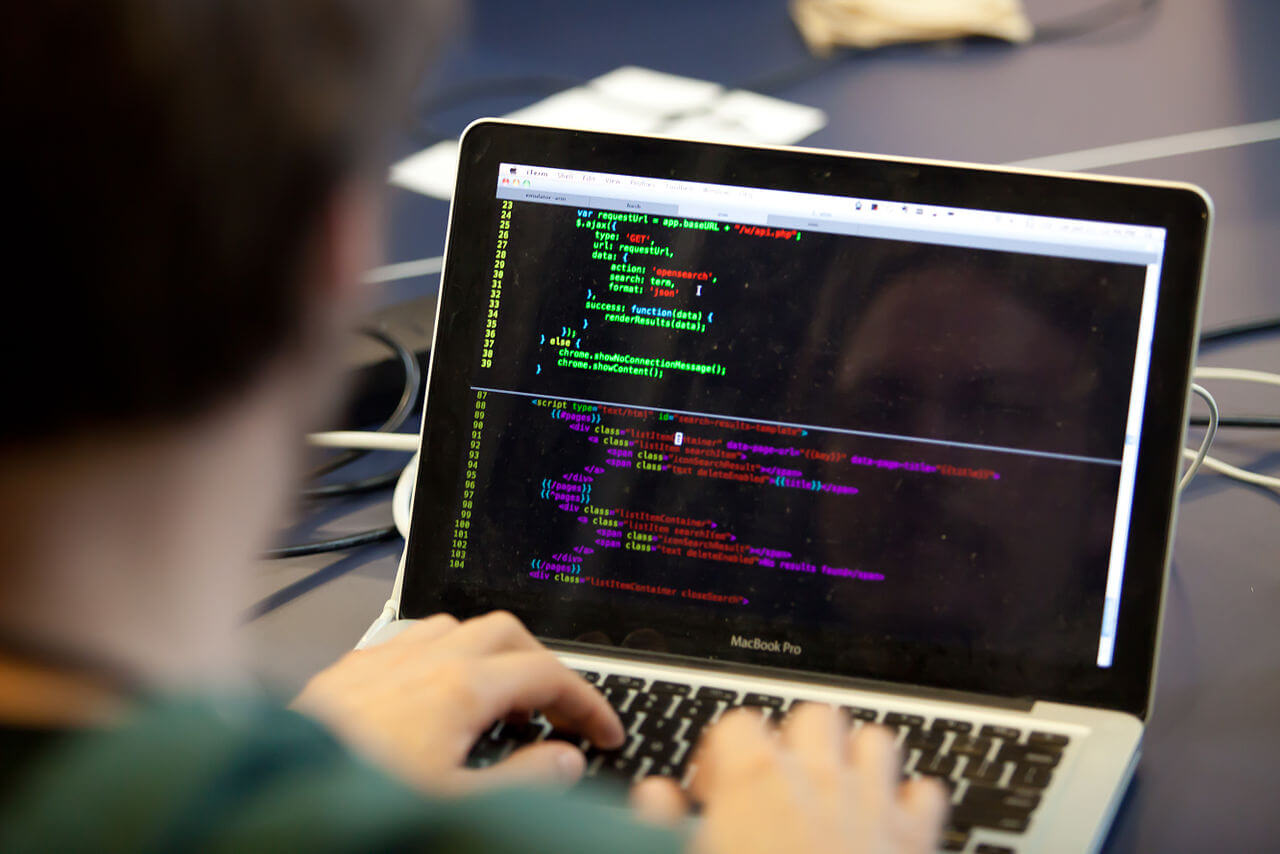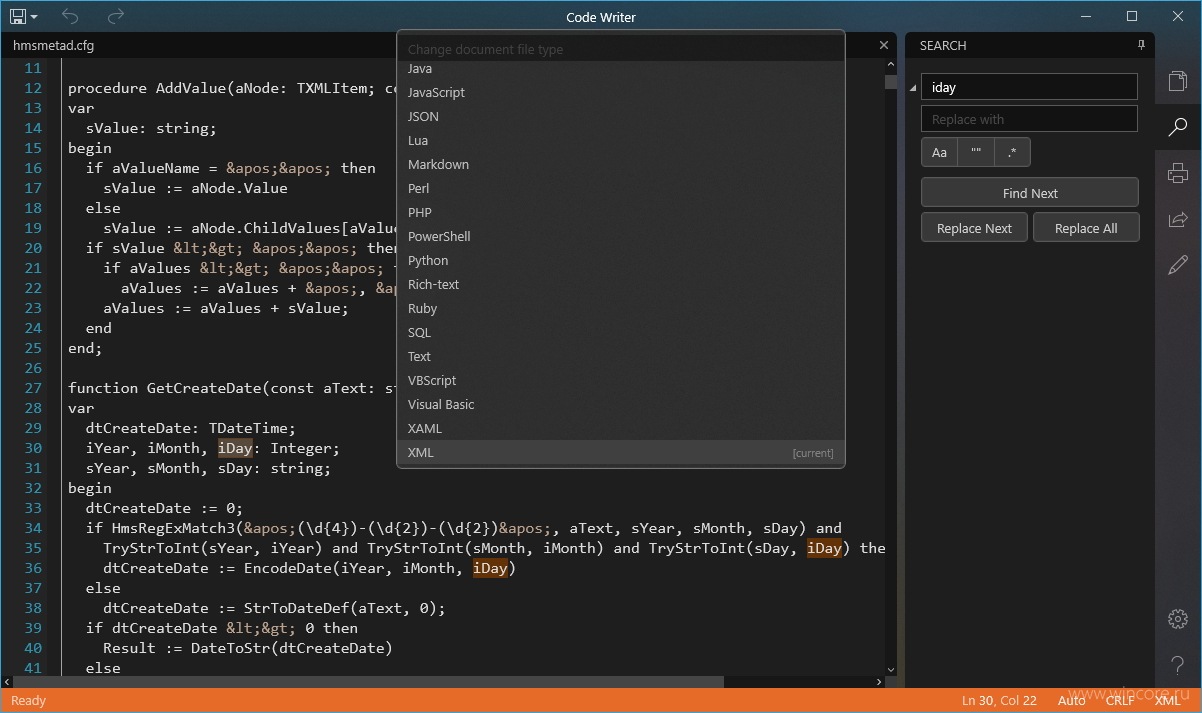


As early as the 9th century, a programmable music sequencer was invented by the Persian Banu Musa brothers, who described an automated mechanical flute player in the Book of Ingenious Devices. Programmable devices have existed for centuries. See also: Computer program § History, Programmer § History, and History of programming languages Reverse engineering is a related process used by designers, analysts, and programmers to understand an existing program and re-implement its function. Software engineering combines engineering techniques with software development practices. These might be considered part of the programming process, but often the term software development is used for this larger process with the term programming, implementation, or coding reserved for the actual writing of code. Tasks accompanying and related to programming include testing, debugging, source code maintenance, implementation of build systems, and management of derived artifacts, such as the machine code of computer programs. Proficient programming thus usually requires expertise in several different subjects, including knowledge of the application domain, specialized algorithms, and formal logic. The purpose of programming is to find a sequence of instructions that will automate the performance of a task (which can be as complex as an operating system) on a computer, often for solving a given problem. The source code of a program is written in one or more languages that are intelligible to programmers, rather than machine code, which is directly executed by the central processing unit. Programming involves tasks such as analysis, generating algorithms, profiling algorithms' accuracy and resource consumption, and the implementation of algorithms (usually in a chosen programming language, commonly referred to as coding). Computer programming is the process of performing a particular computation (or more generally, accomplishing a specific computing result), usually by designing and building an executable computer program.


 0 kommentar(er)
0 kommentar(er)
